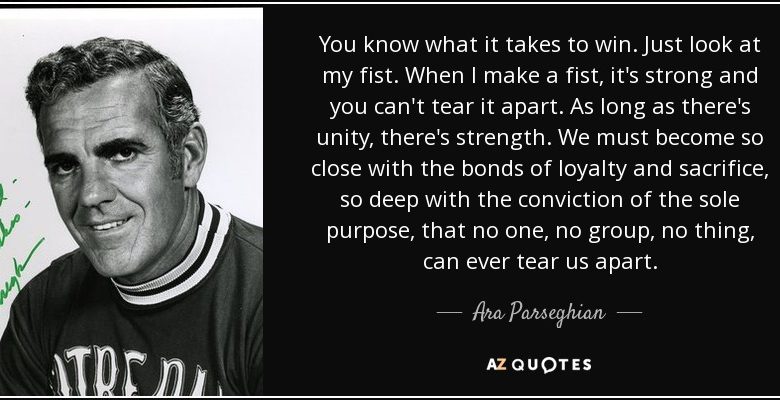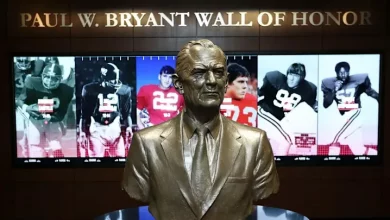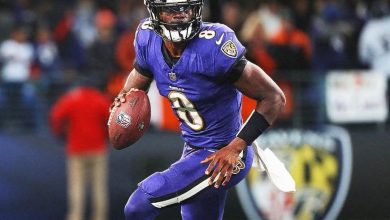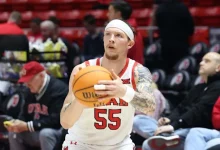“When I make a fist, it’s strong, and you can’t tear it apart. As long as there’s unity, there’s strength.” – Coach Ara Parseghian.

Unity is a principle that transcends sports, nations, and individuals. It speaks to the essential human need to be connected, to stand together for a common cause, and to achieve more collectively than what can be done alone. The quote by Coach Ara Parseghian, “When I make a fist, it’s strong, and you can’t tear it apart. As long as there’s unity, there’s strength,” encapsulates this idea with vivid simplicity. The metaphor of a fist—a symbol of strength, determination, and solidarity—illustrates that individual fingers, when acting alone, are fragile and vulnerable, but when brought together, they become powerful and unbreakable. This principle is not limited to the football field; it applies across all walks of life, from family dynamics to corporate teams, from grassroots movements to global coalitions. Unity is more than a word—it is a force that can change lives, break barriers, and shape the world.
In sports, unity is often the dividing line between failure and greatness. A team made of skilled individuals may still falter if those individuals play for themselves rather than for each other. On the other hand, a team of average players who believe in one another and act in unison can achieve extraordinary outcomes. Ara Parseghian, a legendary football coach, understood this deeply. He knew that building a team wasn’t just about conditioning bodies and drilling plays—it was about conditioning minds and building trust. His players were more than just athletes; they were members of a tightly bound unit who fought for a shared goal. His metaphor of a fist highlights this perfectly: strength lies not in the singular, but in the collective. Every player, like a finger, contributes something different—speed, power, intelligence, or leadership—but together, they form a cohesive whole that is greater than the sum of its parts.
This concept holds true in families, where unity brings resilience and love. Families who support one another through adversity can withstand emotional storms far better than those fractured by division or silence. Each member, with their own personality and role, contributes to the fabric of the family unit. A parent may be the steady thumb, offering stability; children, the flexible fingers growing in different directions, still connected at the core. When united, they become a protective force for one another. In times of crisis—financial hardship, illness, loss—it is not material wealth but unity that often carries families through. The strength to endure, to heal, and to rebuild is drawn from this invisible yet unbreakable bond. As Parseghian implies, it is this collective identity, this metaphorical fist, that prevents families from falling apart when pressure mounts.
In the workplace, unity determines organizational success just as powerfully. The modern workplace thrives on collaboration. Gone are the days when a lone genius could singlehandedly run a company or drive innovation. Today’s complex challenges demand diverse minds working together. A business team that operates in harmony—where departments communicate well, where leadership is transparent, where goals are aligned—functions efficiently and drives sustainable success. Contrast this with a fractured organization plagued by miscommunication, competition, or mistrust: productivity plummets, morale suffers, and turnover rises. The metaphor of the fist again applies: when everyone is pulling in different directions, the unit weakens. But when aligned, even modest talents can produce exceptional results. Unity in a workplace creates a culture where individuals feel valued, ideas are shared freely, and everyone moves together toward a shared mission.
On a larger scale, unity is vital in communities and nations. Social cohesion plays a central role in peace and progress. History is filled with examples of both disunity and unity shaping the destinies of peoples. Civil wars, social unrest, and cultural fragmentation often stem from the absence of unity—when divisions based on race, religion, class, or ideology grow deeper than common bonds. But when people rally together around shared values or a common enemy, remarkable things can happen. The American civil rights movement, the fall of the Berlin Wall, or the collective global response to natural disasters—these are all manifestations of unity at work. In these moments, people act not as individuals, but as parts of something larger than themselves. They become that fist—strong, resilient, untearable. Unity empowers citizens to speak with one voice and demand justice, reform, or compassion.
Global challenges like climate change, pandemics, and economic inequality further stress the need for unity. These are not issues one nation or leader can resolve alone. They demand coordinated action, shared sacrifice, and mutual understanding. The metaphor extends again: individual efforts are like fingers acting alone—limited in reach and strength. But when governments, businesses, and civil societies act together, they create a force that can shift policy, inspire innovation, and drive transformation. The COVID-19 pandemic provided a profound lesson in both the costs of disunity and the power of collective response. Countries that communicated transparently, worked across sectors, and embraced shared responsibility fared better. The pandemic exposed vulnerabilities but also revealed how interconnected and interdependent the world has become. Unity is no longer a choice; it is a necessity.
Beyond external challenges, unity also plays a role in internal growth—within individuals. The metaphor of the fist can also symbolize a person’s internal harmony. Our minds are like a team of conflicting voices—desires, doubts, values, fears. When these parts of ourselves are in conflict, we feel fragmented, lost, and weak. But when they are integrated—when our actions align with our values, when our emotions are acknowledged but not ruled by, when we find purpose—then we become whole, focused, and powerful. The strength that Coach Parseghian described can also be an inward experience: when our internal “fingers” unite, we become psychologically stronger. Mental resilience, emotional intelligence, and personal integrity all stem from this internal unity.
Leaders, in any field, carry the responsibility of fostering unity. Whether they are presidents, managers, coaches, or parents, their success is often determined by their ability to bring people together. A great leader builds bridges instead of walls, listens as much as they speak, and inspires others to believe in a shared vision. They know that disagreements will arise, that individuality is important—but they also know how to harmonize these differences into a collective strength. Leaders who ignore unity breed fragmentation; those who nurture it build legacy. Coach Parseghian’s leadership philosophy was rooted in this understanding. He didn’t just teach football; he taught brotherhood, sacrifice, and collective grit. His teams didn’t just play together—they believed in each other, trusted each other, and fought for each other. That was the real strength.
However, unity doesn’t mean uniformity. It’s not about suppressing differences or forcing consensus. True unity embraces diversity and channels it toward a common purpose. In the natural world, a rope is made strong not by identical strands, but by intertwining many threads, each contributing its unique tension and texture. Likewise, the strength of a community, a nation, or a team often lies in its diversity—of thought, background, experience. The key is alignment, not sameness. When diverse elements are aligned toward shared values and mutual respect, they become resilient. The fist, again, is the perfect metaphor: five very different fingers, each with a unique function, coming together to form a singular, powerful tool.
Of course, unity must be cultivated. It doesn’t arise automatically; it requires effort, intention, and often, sacrifice. Ego must be tempered, communication must be clear, and grievances must be addressed. Unity is forged through trust, shared experiences, and common struggles. It requires forgiveness, patience, and a long-term vision. Disunity is easy—it can be triggered by fear, selfishness, or misunderstanding. But unity is hard, because it demands that people rise above personal gain and think in terms of “we” instead of “me.” That’s why it is so powerful when achieved. A unified group becomes a force of nature: focused, resilient, and nearly unstoppable.
In a world increasingly fragmented by social media bubbles, polarized politics, and cultural divisions, Parseghian’s words serve as a reminder of an ancient but essential truth. We need each other. No person, team, or society thrives in isolation. We were built for connection, for cooperation, for unity. Whether on a football field, in a classroom, at a protest, or in a boardroom, strength arises from coming together. The solitary finger can be bent or broken, but the closed fist—tight, focused, and united—is a symbol of strength that endures.
So when we look at our lives, our teams, our families, and our communities, the question arises: are we acting as scattered fingers or as a unified fist? Are we building connections, or feeding divisions? Are we choosing collaboration over competition, empathy over ego, shared purpose over personal agenda? The answer to these questions will determine the strength we can bring to bear in the face of our greatest challenges.
Coach Ara Parseghian’s quote is more than just a reflection of coaching philosophy; it is a universal call to unity. His simple metaphor invites us to remember that while we are individuals, we are not meant to stand alone. When we come together—when we unite with purpose, with integrity, and with belief in one another—we create something unbreakable. Like a fist, we become strong. And in that strength, there is the power to endure, to achieve, and to transform the world.








